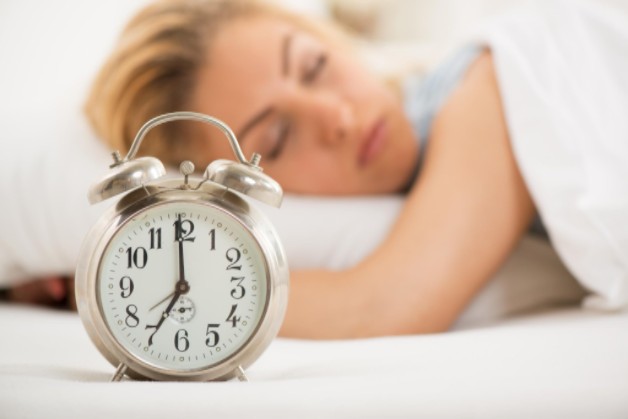A good night’s sleep is the key to a great day. Most of us have experienced that helpless feeling of lying awake in bed into the wee hours of the morning, as well as the next day grogginess. What many people don’t realize is that understanding the different sleep cycles can help guide us towards getting more restful and restorative sleep.
Cycle 1: Light Sleep
You know that feeling when you just start to fall asleep but are still aware of your surroundings? That’s the first and lightest sleep cycle. Many people refer to it as “dozing” or “nodding off.” Have you ever woken up suddenly and realized you fell asleep watching TV or reading. Or you realize you’ve only been asleep for a few minutes even though it feels like it has been hours.
While relaxing, this sleep cycle doesn’t provides adequate rest. They are intended to relax the mind and body for entering the REM and Deep Sleep cycles, and they should only last a few minutes each. When you wake up from a full night of sleep but are still exhausted, it likely means you spent most of the night in the Light Sleep cycle.
The best way to avoid staying in Light Sleep for too long is to practice good sleep practices. Avoid watching screens for at least an hour before bed since they light up all the parts of your brain that you need to shut down to pass through these primary cycles. Also, avoid falling asleep anywhere besides your bed. The goal is to program your brain to associate our beds with sleep and everywhere else with alertness.
Cycle 2: REM Sleep
REM stands for rapid eye movement. If you’ve ever watched someone sleep, you may have noticed their eyes moving quickly under their lids. That means they’re experiencing REM sleep. The REM cycle is when the vast majority of dreaming occurs.
It logically follows that REM sleep is also the cycle during which our minds engage in emotional and mental healing and rejuvenation. After an emotionally or mentally exhausting day, it’s therefore important to set yourself up for REM sleep.
Here are some tips:
- Journal your thoughts. Focus on those that are most troubling and those you’ve been afraid to face. Bringing them to the surface will make it easier for your brain to get to work sorting them out.
- Relax your body. Take a hot bath, drink some chamomile tea (decaffeinated), do some light stretching, read a book, or get your partner to give you a massage. The more work you do to relax your body, the more effort your brain can spend on the mental and emotional REM sleep that you need.
Cycle 3: Deep Sleep
While REM sleep increases emotional and mental healing, Deep Sleep increases physical healing. You tend to spend more time in this stage of sleep after a physically exhausting day or when recovering from illness and injury. Your body puts itself into temporary paralysis during Deep Sleep, and your heart and breathing rates are at their lowest. This allows your body to use spare energy to repair cells and utilize nutrients.
You can aid your body in this process by eating a balanced diet, avoiding food at least an hour before bed, and staying away from caffeine, sugar, and alcohol at least four hours before bed. Digesting these items robs your body of resources. Sleep medications can send your body straight into Deep Sleep, but use them sparingly as they may prevent you from getting the equally crucial REM sleep.
A natural way to help relax your cardiovascular system and create a sense of emotional comfort is to slip into wool bedding. Physical exercise during the day also helps.
The more understand your sleep cycles, the better you can prepare for a good night’s sleep. Minding your diet, getting plenty of exercises, and practicing good sleep tactics will help you achieve the right balance of sleep cycles. Good night, and sweet dreams.

